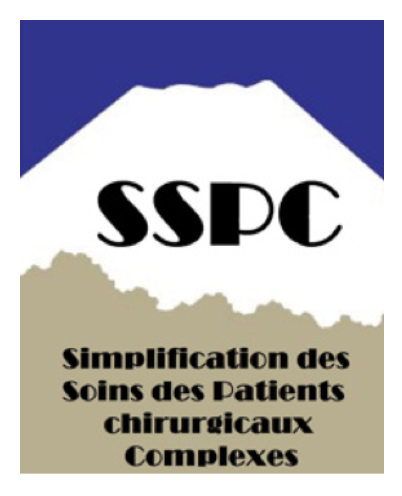Prognostic impact of positive microscopic margins (R1 resection) in patients with GIST (gastrointestinal stromal tumours): Results of a multicenter European study
Résumé
Background
Although several prognostic factors in GIST have been well studied such as tumour size, mitotic rate, or localization, the influence of microscopic margins or R1 resection remains controversial. The aim of this study was to evaluate the influence of R1 resection on the prognosis of GIST in a large multicentre retrospective series of patients.
Methods
From 2001 to 2013, 1413 patients who underwent surgery for any site of GIST were identified from 61 European centres. 1098 patients were included, excluding synchronous metastases, concurrent malignancies, R2 resection or GIST recurrence. Tumour rupture (TR) was reclassified according to the Oslo sarcoma classification. Cox proportional hazards ratio and Kaplan-Meier survival estimates were used to analyse 5-year recurrence-free survival (RFS).
Results
Of 1098 patients, 38 (3%) underwent R1 resection with a risk of TR of 11%. The 5-year RFS was 89.6% with a median follow-up of 81 months [range: 31.2–152 months]. On univariate analysis, lower RFS was significantly associated with R1 resection [HR = 2.13; p = 0.04], high risk score according to the modified NIH classification, administration of adjuvant therapy [HR = 2.24; p < 0.001] and intraoperative complications [HR = 2.82; p < 0.001]. Only intraoperative complications [HR = 1.79; p = 0.02] and high risk according to the modified NIH classification including the updated definition of TR [HR = 3.43; p = 0.04] remained significant on multivariate analysis.
Conclusion
This study shows that positive microscopic margins are not an independent predictive factor for RFS in GIST when taking into account the up-dated classification of TR. R1 resection may be considered a reasonable alternative to avoid major functional sequelae and should not lead to reoperation.
Domaines
Sciences du Vivant [q-bio]
Fichier principal
 Thibaut et al. - 2024 - Prognostic impact of positive microscopic margins .pdf (522.38 Ko)
Télécharger le fichier
Thibaut et al. - 2024 - Prognostic impact of positive microscopic margins .pdf (522.38 Ko)
Télécharger le fichier
| Origine | Fichiers produits par l'(les) auteur(s) |
|---|---|
| licence |




